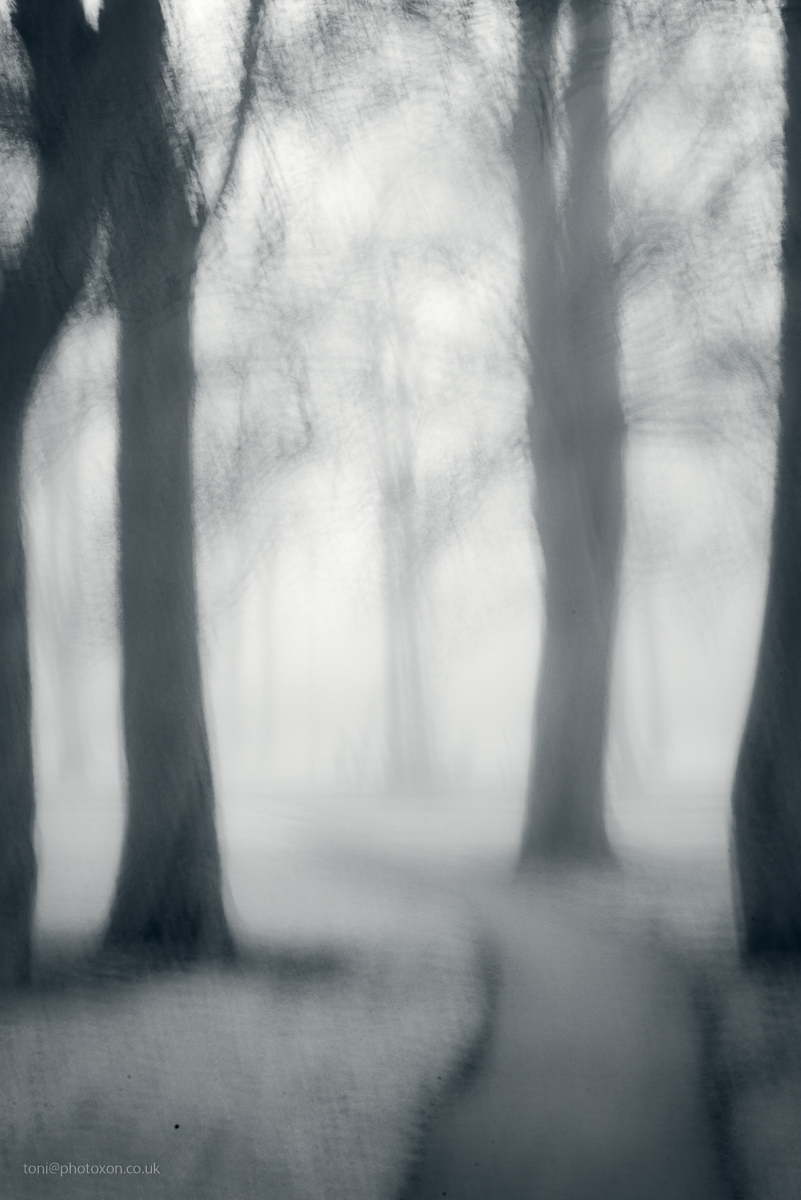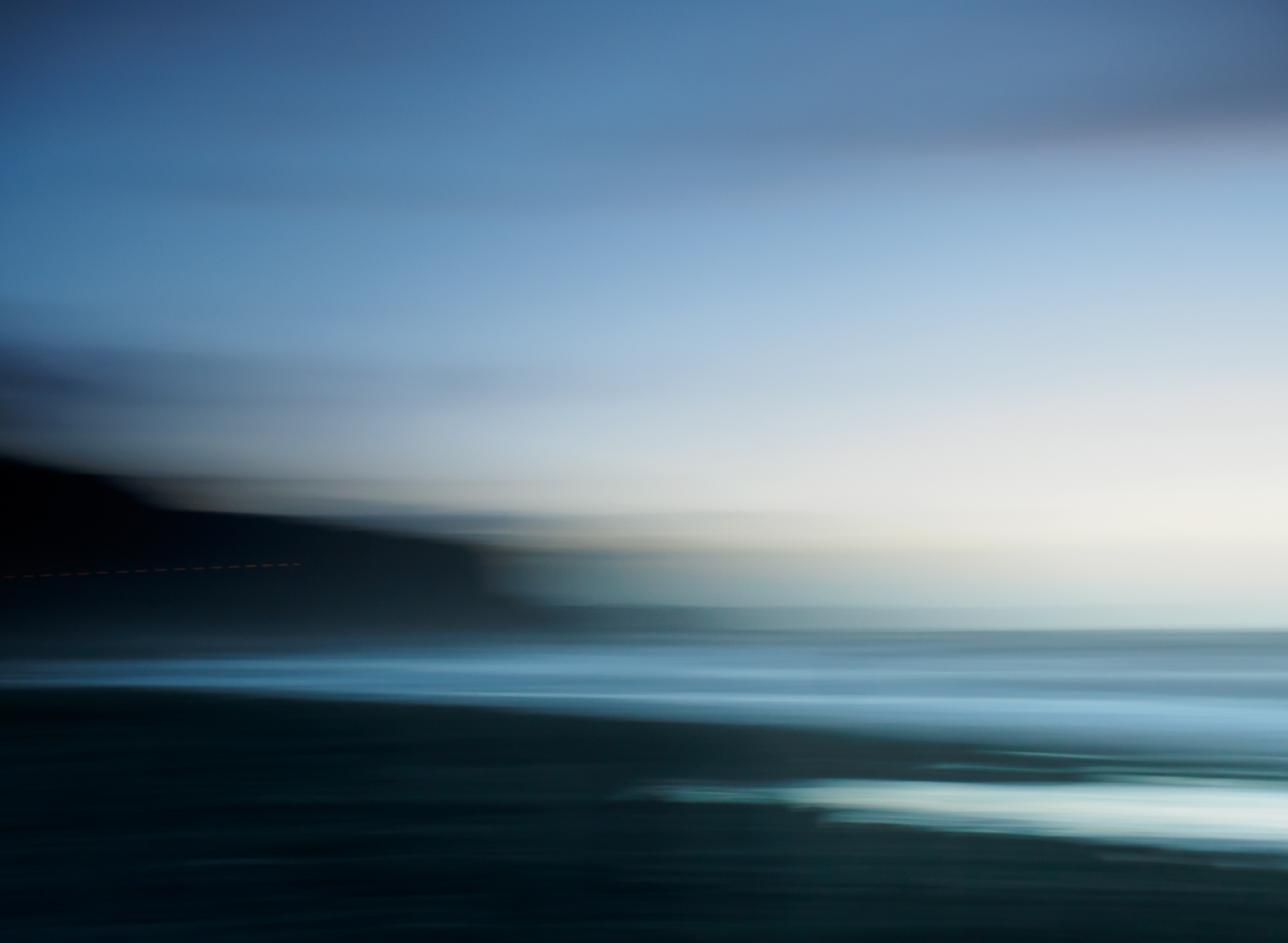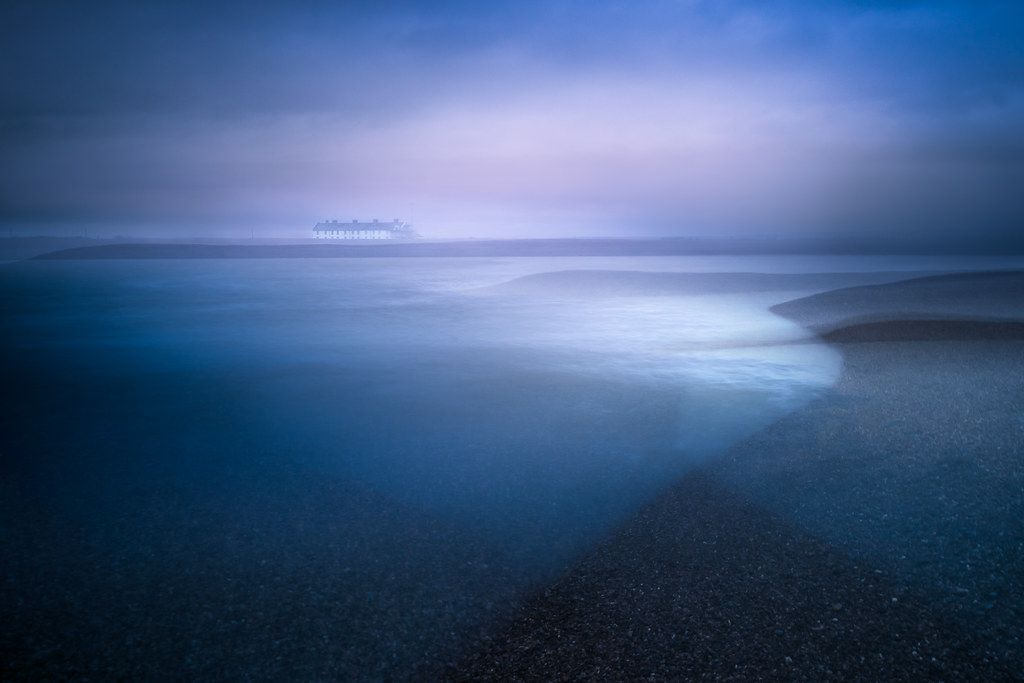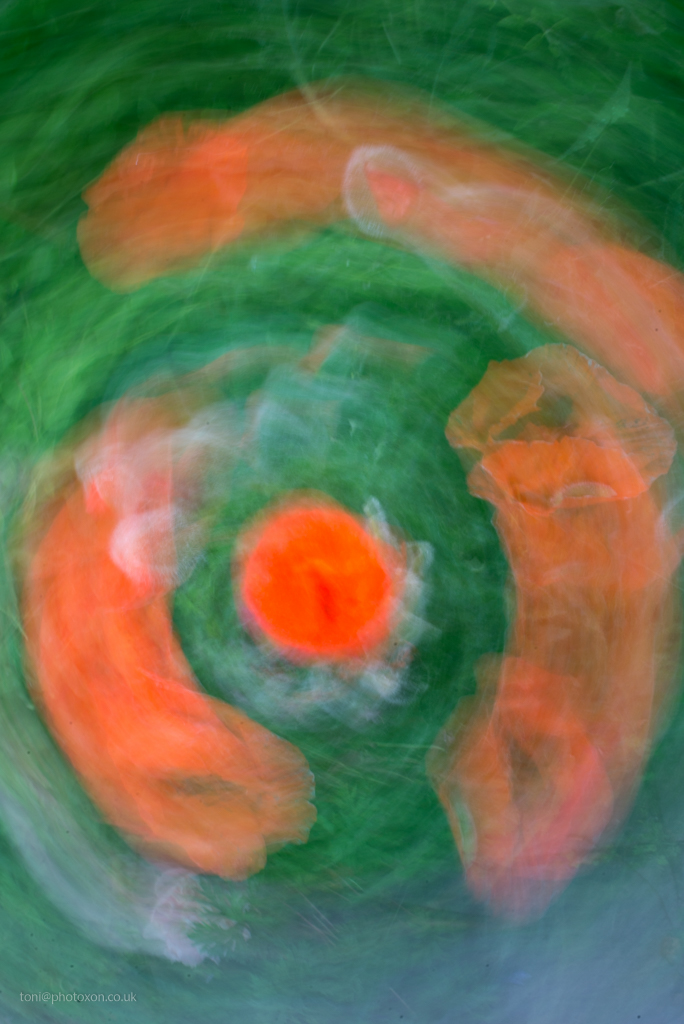- Messages
- 23,526
- Name
- Toni
- Edit My Images
- No
I'm still working withg in camera movement from time to time, sometimes with pleasing results, sometimes not. This was shot Tuesday morning when we had fog first thing, presented with a static shot of the same scene afterwards.
 Fogpath Jan 2017-7267 by Toni Ertl, on Flickr
Fogpath Jan 2017-7267 by Toni Ertl, on Flickr
 Fogpath Jan 2017-7263 by Toni Ertl, on Flickr
Fogpath Jan 2017-7263 by Toni Ertl, on Flickr
C&C welcomed.
 Fogpath Jan 2017-7267 by Toni Ertl, on Flickr
Fogpath Jan 2017-7267 by Toni Ertl, on Flickr Fogpath Jan 2017-7263 by Toni Ertl, on Flickr
Fogpath Jan 2017-7263 by Toni Ertl, on FlickrC&C welcomed.


 Connection
Connection Parton ICM
Parton ICM Slip
Slip ICM-3401
ICM-3401